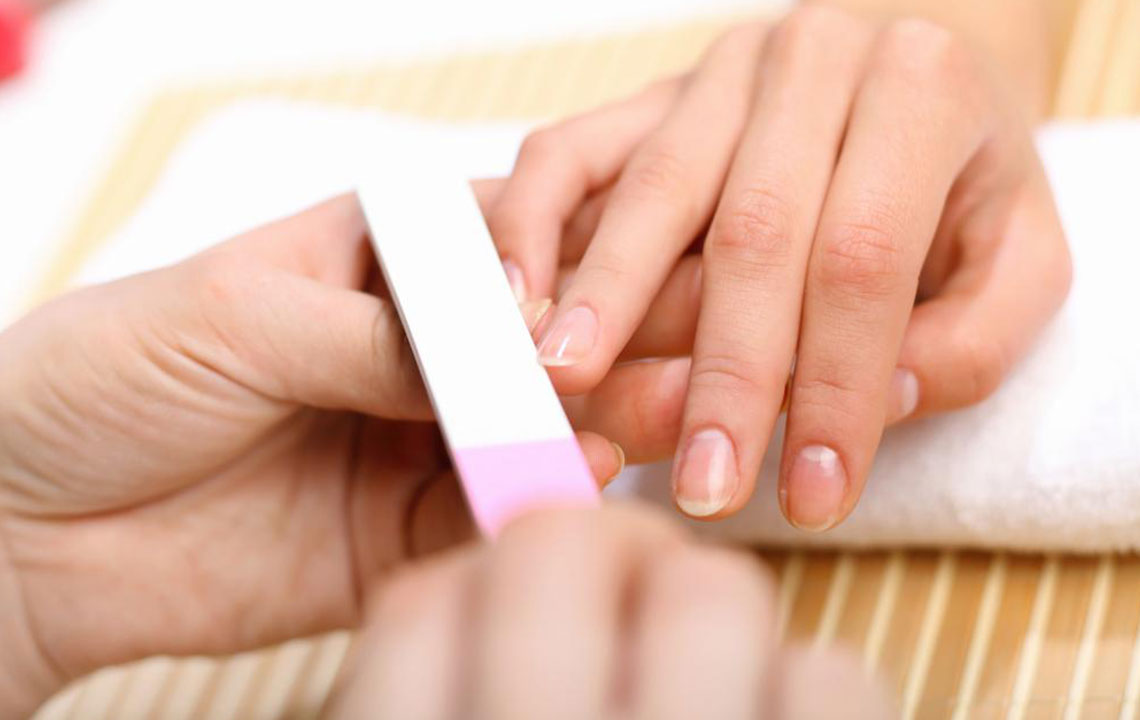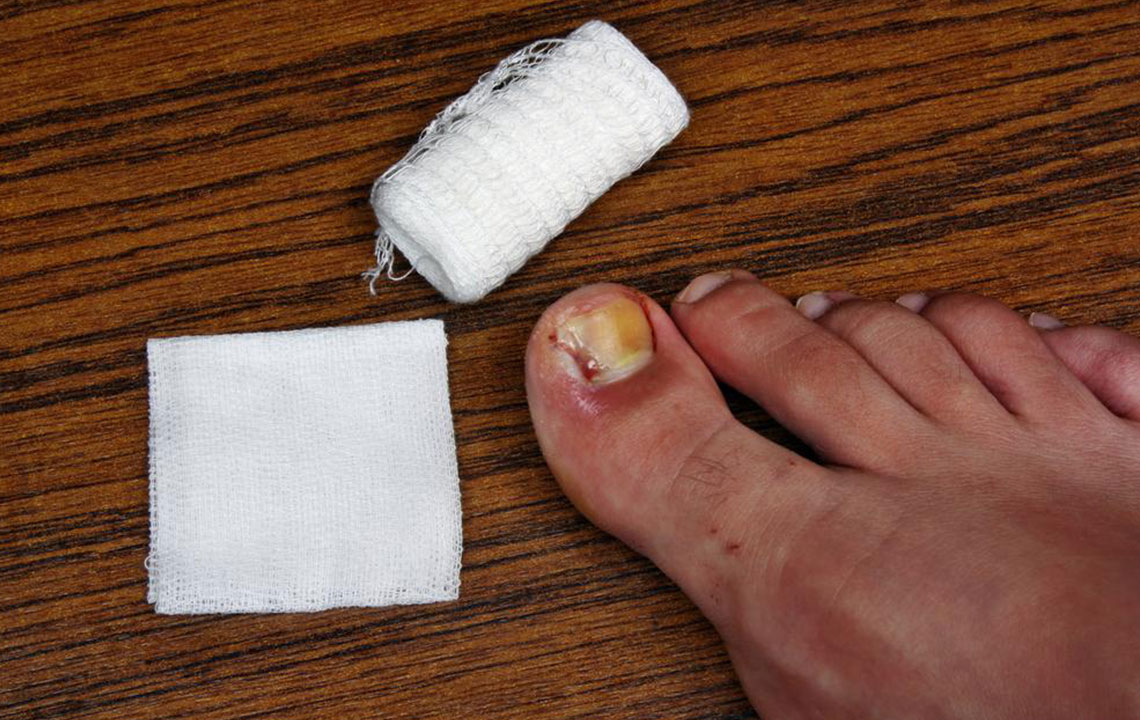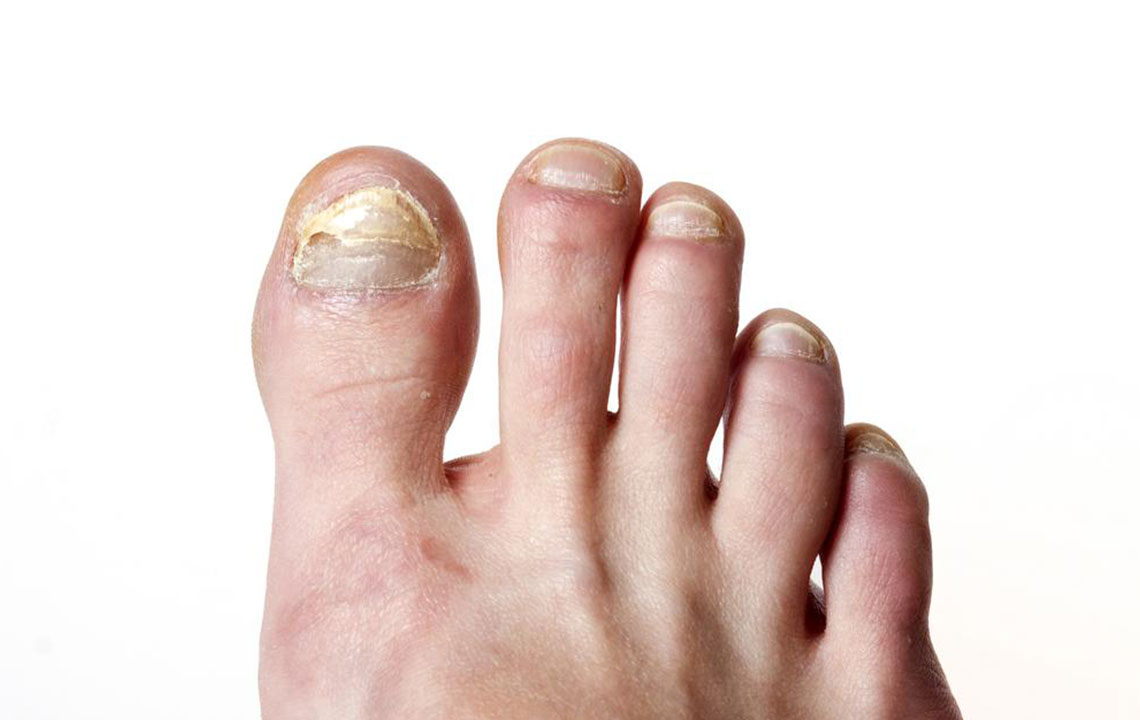Comprehensive Guide to Toenail Fungus: Symptoms, Causes, Effective Home Remedies & Prevention Strategies
This comprehensive guide explores toenail fungus, highlighting symptoms, causes, effective home remedies, and prevention strategies. It emphasizes early detection, natural treatments like vinegar and essential oils, and proper foot hygiene to prevent and manage this common condition. Learn how to identify signs of infection, eliminate risks, and seek professional help when needed to maintain healthy, strong nails. Perfect for anyone facing toenail fungus or seeking preventative measures, this detailed overview provides valuable insights into effective foot care and fungal infection management.

An In-Depth Approach to Managing Toenail Fungus: Recognizing Symptoms, Understanding Causes, Home Care Tips & Prevention Methods
Have you noticed white or yellowish spots developing beneath your toenails? Such signs are often indicative of toenail fungus, medically known as onychomycosis. This common fungal infection can be quite bothersome, especially in warm, humid environments where fungi thrive. While not always dangerous, untreated toenail fungus can lead to discomfort, structural damage to nails, and sometimes secondary bacterial infections. Prompt recognition and effective management are crucial to prevent escalation and maintain healthy toenails.
Toenail fungus is a widespread condition affecting millions globally. It occurs when fungi invade the keratin-rich structure of the nail and surrounding tissues, leading to changes in coloration, texture, and nail integrity. The environment plays a significant role — fungal spores flourish in moist, dark environments, which explains why the feet, especially the toenails, are highly susceptible due to limited blood circulation and frequent exposure to damp shoes and socks. The risk is further heightened in individuals with compromised immune systems, diabetes, or poor foot hygiene.
The visible signs of toenail fungus often start subtly, with white or yellow patches appearing underneath the nail. As the infection progresses, it can cause nail discoloration, thickening, and deformation. The nail may become brittle, crumbly, or distorted, often accompanied by a foul odor. In some cases, the surrounding skin may become inflamed, cracked, or irritated. Mild pain or discomfort is common, especially when wearing tight shoes or during physical activities.
The spread of infection can occur through contact with contaminated surfaces or tools. Risk factors include wearing poorly sanitized footwear, tight or non-breathable shoes, sweaty socks, and walking barefoot in locker rooms, swimming pools, or communal showers. Underlying health conditions—like diabetes, peripheral arterial disease, or weakened immune function—also increase susceptibility. Preventing toenail fungus involves good foot hygiene practices, regular inspection, and cautious behavior in shared public spaces.
Effective management starts with home remedies that utilize natural antifungal properties. Vinegar, known for its acidity, can inhibit fungal reproduction when used as a soak or rinse. Natural oils, such as tea tree oil, oregano oil, and coconut oil, have potent antifungal effects and can be applied directly to affected nails. Over-the-counter antifungal creams, medicated nail polishes, and oral medications prescribed by healthcare providers may be necessary for severe cases. Surgical options, including nail removal, are reserved for persistent or advanced infections.
Prevention is better than cure — maintaining foot hygiene is paramount. Regularly washing and thoroughly drying feet, especially in between toes, helps reduce moisture that fosters fungal growth. Trimming nails straight across prevents ingrown nails and reduces harboring bacteria. Sanitizing nail tools and avoiding the sharing of footwear are essential habits. Additionally, wearing moisture-wicking socks, choosing well-ventilated shoes, and avoiding tight-fitting footwear minimize risk factors. For persistent or worsening symptoms, consulting a healthcare professional ensures proper diagnosis and tailored treatment plans.





